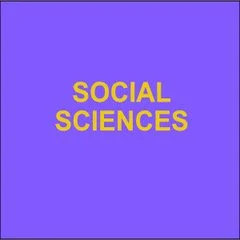LISREL APPROACHES TO INTERACTION EFFECTS IN MULTIPLE REGRESSION
By JAMES JACCARD and Cl-JO! K. WAN
This monograph is a companion to our earlier book Interaction Effects in Multiple Regression (Sage QASS No. 72, by Jaccard, Turrisi, and Wan). In this monograph, we guide the reader through the use of the computer program LISREL and how it can be applied to multiple-indicator analyses of interactions in regression frameworks. We assume that the reader is familiar with the material in our previous monograph, but we assume no prior knowledge of LISREL or structural equation models. Readers with limited background in structural equation modeling can consult other texts to familiar- ize themselves with the complex issues involved in such model testing (e.g., Bollen, 1989; Bollen & Long, 1993; Loehlin, 1987).
Our approach is pedagogically oriented and will disappoint more technically oriented readers. Our goal is to introduce the general analytic strategy to the reader so that he or she can gain a general overview of the analytic methods. This is an introductory treatment aimed at the applied researcher with a reasonable background in traditional multiple regression. It is not intended to be a text on structural equation modeling. Because of page restrictions, we were unable to discuss many topics that more experienced analysts probably would have liked us to consider. To counteract this, we have directed the reader to additional resource materials that we have found to be useful. Wherever possible, we have provided practical recommendations for analysts based on the current literature. At times, this was difficult because of a paucity of research on the issue in question. Rather then leave the analyst hanging, we decided to give our "best guess" in terms of practical advice, recognizing full well that future research may alter our recommendations and that some analysts may disagree with our recommendations.
Sage Publications, Inc.,1996 ,110p.


